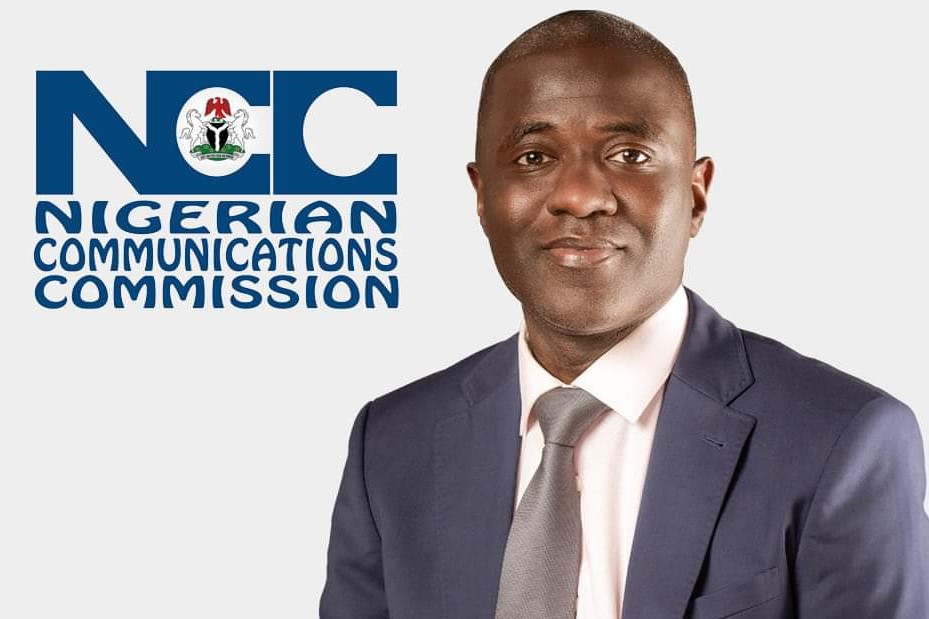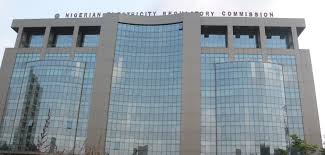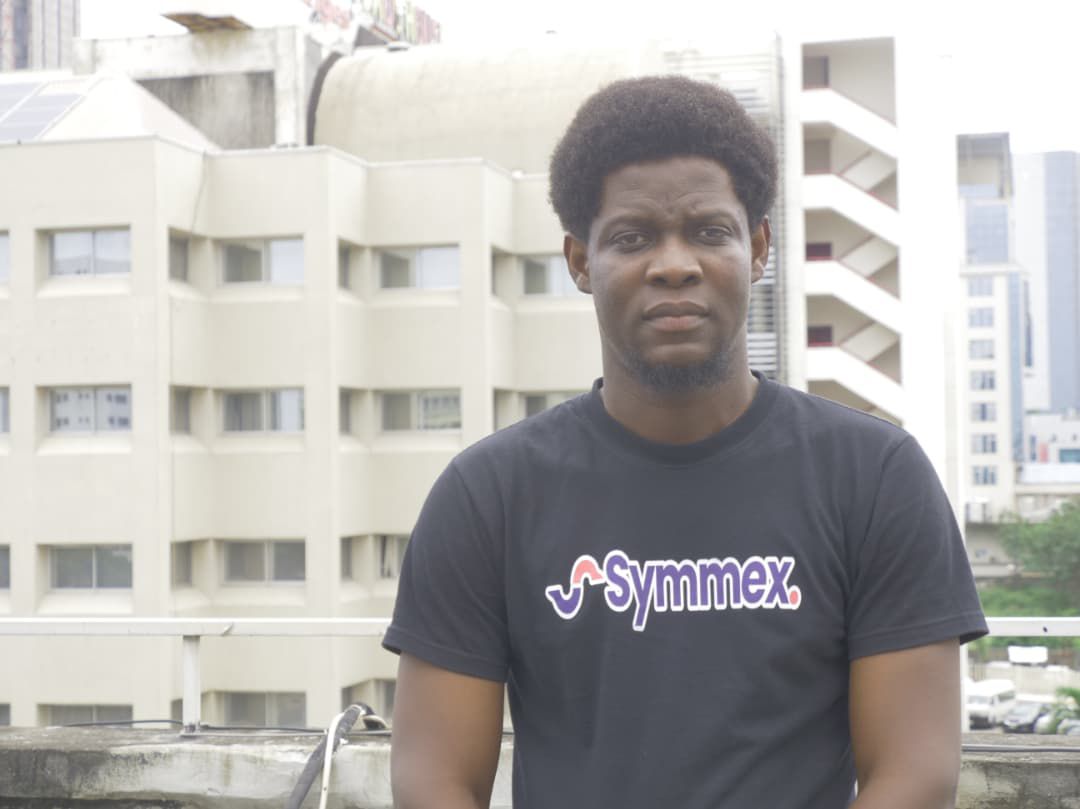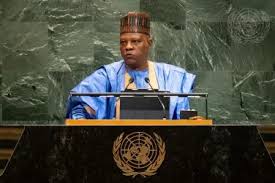It is difficult to guess what was on the mind of the Nigerian Electricity Regulatory Commission (NERC) in deciding at this time on an increase in electricity tariffs specifically targeted, in this instance, at Band A Customers of the Electricity Distribution Companies and opting to be the face of the hike in the tariff, while the operators tag behind. I wonder if it ever occurred to them, in taking this decision, that something about it, especially its timing, is just off.
In the first place, I am not quite sure it is or should be, the business of NERC announcing tariffs. I would have thought that the job of the regulator, having gone through a meticulous process of reviewing the application for an increase in tariff by a distribution company to convey its approval to the operator if it deems it fit, and then leave it to the Distribution Company to inform her customers of an increase in tariffs, within the band that has been approved for it by NERC.
Indeed, that appears to have been the case in the recent past. Only in June, last year, Abuja Electricity Distribution Company (AEDC) announced that effective July 1st, 2023, “there will be an upward review to the electricity tariff influenced by the fluctuating exchange rate…For customers within bands B and C, with supply hours ranging from 12 to 16 per day, the new base tariff is expected to be N100 per kWh while Bands A (20 hours and above) and B (16 to 20 hours) will experience comparatively higher tariffs.”
Nothing eventually came out of that, as the proposed July increase didn’t see the light of the day. But in January this year, the same Abuja Electricity Distribution Company (AEDC) announced an increase in tariffs taking effect from the beginning of the year. That was to take the tariff to N120.88/kWh from N66.39/kWh which was said to have been approved by the NERC against the N151.07/kWh that AEDC had sought approval for, as the cost-reflective tariff.
Perhaps, in response to the loud complaints that immediately greeted that, the NERC, even after releasing the approved tariffs to the public, backpedalled from letting the approved tariffs take effect in January. Rather, the NERC Chairman stated that the review of the Multi-Year Tariff Order in January was just to determine “what the DisCos should have been charging and the subsidies the government will be paying to cover the gap”.
Only NERC can explain what has happened between then and now, only 3 months between, that has necessitated not only a reversal of positions on its part, but a 300% hike in price for Band A customers of DisCos, even when the primary driver of the increase in tariff, which is the foreign exchange rate, has witnessed a positive rally by the Naira with experts predicting a stronger value for the Naira.
For the Nigerian Electricity Regulatory Commission, it has always been difficult to understand whose interest, between that of the customers and the operators, is of greater priority to it. From one leadership of the Commission to the other, there is always enough to suggest that NERC is more eager to weigh in on behalf of the operator than the consumer. Many argue that the NERC does appear to be playing from this playbook yet again.
A rather unfortunate impression to have of the Nigerian Electricity Regulatory Commission (NERC) whose primary function is to regulate electricity tariffs in the Nigerian Electricity Supply Industry (NESI) to ensure that the prices charged by licensees are fair to customers. To enable it to carry out that function, the NERC routinely issues tariff orders known as the Multi-Year Tariff Order (MYTO) which is supposed to cover 5 years in each instance, while allowing for supplementary orders in between, where the circumstances call for it. The first of the MYTO was issued in 2007, with the last being that of 2022, before the supplementary order of April, 2024.
One of the things the orders have done, over the years, is to categorise customers per service level from DisCos, classified as clusters or bands, with tariffs pegged to the level of supply, with more hours of supply attracting higher tariffs. Even though it is an arrangement that has been in place since 2008, with MYTO providing for 19 Customer classes and MYTO 2 (2012) consolidating that into 5 classes, with each one further broken down into categories, clusters of bands. From the furore that has been generated by the increase in the tariffs applicable to Band A, it does appear that many customers are only just becoming aware of the categorisation by the NERC, which also enables the offer of lifeline tariff of NGN4.00/kWh to customers who consume less than 50kWh of energy in a month, “as a safeguard for the less privileged members of the society.”
The Multi-Year Tariff Orders (MYTOs), are not only designed to protect customers incentivise improved level of service on the part of DiScos, subject to monitoring and verification by the NERC, but they ought to also serve as guidelines for the NERC in reviewing the application for upward review of tariffs by operators. The extent to which NERC pushes for compliance is suspect, given the track record of many of the operators. More attention appears to have been more to the issue of ‘’çost-reflective tariffs’’, which has been a sing-song in the industry.
Indeed, in sanctioning this new regime of tariffs for Band A, the NERC has only set out to achieve what it, as the regulator, operators, and ‘experts’ within and outside the industry have been angling for from the days of NEPA – getting consumers of electricity in Nigeria to pay what it refers to as cost-reflective tariffs. We have been repeatedly told that it is the failure to institutionalise a cost-reflective tariff regime is the bane of the industry, keeping the much-needed investment away from it.
Probable as it might be, it is difficult to know what to hold on to, as this same argument was touted as the basis for privatisation, only for that to lead to a replacement of state-owned monopolies with corporates licensed as monopolies within specific territories who, rather than bring in the funding required to develop the industry came in, burdened by over-exposure to financial institutions from whom they had obtained facilities with which they acquired the Distribution companies, to overload the DiScos with a new set of problems that has rendered many of them tethering on the edge of insolvency.
Rather than becoming the elixir privatisation was touted as, it has led the industry into a cul-de-sac, with cost-reflective tariffs being touted as a cure-all, which some argue ignore the fundamental issues that hold the industry down. Every round of increase in tariff only gets to be met with yet another more strident call for further increase, even before one MYTO has run its full course. Despite this, there appears to be a continuing unwillingness on the part of the regulator, operators, and experts to consider the possibility that they might just have been dealing with a shifting target, with every dart of hike in tariff that they shoot missing the target, which keeps shifting while creating the illusion of standing still. The problem, we are told, is the subsidy. But the more they take out of the subsidy, the bigger it becomes.
Subsidy! What Subsidy?
It was only in January this year, 3 short months ago, that the NERC, through its Chairman, claimed that the total subsidy for 2024 would amount to N1.6 trillion. That figure is now put at N2.9 trillion by the Minister of Power, Adebayo Adelabu. What has changed? Is it that the quantum of the supposed benefit accruable to the consumers has increased? No. The difference between the N1.6 trillion touted in January and the N2.9 trillion put out last week is that the exchange rate that was used for computation in January is different from that used in April. The electricity pricing template feeds off the “inflation rate, EXCHANGE RATE, US rate of inflation, available generation capacity, gas price, MDA losses, and capex adjustment.” With ‘subsidy’ dollarised, the value ‘nominally’ rises with the FALL of the Naira. This change in figures as a result of revised computation on account of a devalued Naira is then presented to the public as a substantive increase in the level of subsidy, with the consumer expected to bear the burden as if he is responsible for the devaluation of the currency.
This is one of the downsides of the dollarisation of the economy and devaluation of the currency. We devalue the currency and then proceed to recompute debts and liabilities based on the prevailing exchange rate. We make a song and dance of the figures that inevitably balloon in one column and downplay the fact that with devaluation, there has been a concomitant rise in the Naira stock in the income column.
We seek to appropriate the gains that come with devaluation that comes with an increase in the Naira stock that accrues to the Federation Account, while shoving in the faces of the people the increase in the expenditure column, expecting people who are neither the custodians nor beneficiaries of the increase in receipts to bear the burden. Ours is an accounting methodology in defiance of the ‘double-entry principle’, only willing to populate one column, while starving the other. How can we possibly balance the account?
It would appear that, over the years, we have succeeded in building for ourselves an industrial-size castle in the sand, piling up ‘subsidies’ in the books, which we then spend eternity seeking to eliminate. Yet, it does appear that we have only bought into an illusion, chasing shadows, ignoring the fact that the books are the way they are on account of the vagaries of the foreign exchange regime that we have forced upon ourselves.
Unlike the previous rounds of hike in end-user tariffs by the Nigerian Electricity Regulatory Commission (NERC), this one throws up quite a few questions. Why did NERC declare a uniform tariff (Band A Customers) for all the 11 Distribution companies, whereas the DiScos have always had different tariffs, as the cost component for each is not only different, but their proposed tariffs are also never the same? In the current round, Ikeja Electric proposed N166.9/kWh, with N119.3/kWh adopted in the order by NERC, Port Harcourt Electricity Distribution Company proposed N186.6/kWh with N121.2/kWh adopted in the order by NERC, Yola Electricity Distribution Company proposed N315/kWh with N125.8/kWh adopted in the order by NERC, while Abuja Electricity Distribution Company proposed N180.2/kWh, with N123.51/kWh adopted in the order by NERC.
Why were all classes of customers under Band A, from non-MD to MD2 Special, who used to pay different rates, ranging from N66.95/kWh to N81.18/kWh, lumped together by the NERC and asked to pay the same tariff, in disregard of its standing categorisation and what the DiScos had proposed? Why would a Distribution company, having considered all the parameters and indices, seek approval for N180.2/kWh, being what it considers a cost-reflective tariff, and the NERC, which would usually review downwards as it did in January, adopting N120.88/kWh in the order instead of N151.07/kWh that was proposed by AEDC, choose to jack the tariff up to a uniform N225/kWh for all Band-A Customers of DiScos around the country?
Looking at the indices and assumptions adopted for tariff review in the April Supplementary Order in comparison with that of January for AEDC, most of the indices remained constant, except for the Nigerian inflation rate, gas-to-power price, generation cost, and foreign exchange rate. While an inflation rate of 28.2% was adopted for January, that for April-December 2024 was 31.7%. The exchange rate adopted for January was N919.39/USD and N1,463.3/USD for April-December 2024. The increase in generation cost rose from N44.6kWh to N103.9kWh, while the gas-to-power price increased from USD2.18/MMBTU to USD2.42/MMBTU.
But with all these variables considered, it is difficult to find justification for such a steep increase in tariff above what AEDC estimates as the cost-reflective tariff. It is difficult to understand the haste on the part of the NERC to sanction an increase in tariff based on N1,463.3/USD which was the average rate for 19th-25th March 2024, seeing that the Naira has appreciated beyond that and the projection by experts is for an exchange rate below N1000/USD.
There is no doubt that the NERC is eager to make adjustments for the devaluation of the Naira, but that again confirms that the subsidy is largely a factor of the exchange rate and inflation rate, more than anything else.
Even then, the idea that the path to achieving a cost-reflective tariff lies in jacking up the price year after year does not appear to stand firmly on sound logic. The suggestion being made is that the electricity tariff is denominated in US Dollars, subject to the variation in the exchange rate, which, for a long while, was largely a toy in the hands of speculators masquerading as market forces. Yet, it is the everyday person who is being compelled to carry the can for a misguided floating regime that not only delivered an undervalued Naira, but unprecedented inflation, which together reflects an over-bloated subsidy. One would have thought that the first thing to do would be to ‘fix’ the problem with the exchange rate and every other thing, including that of achieving a cost-reflective tariff, will subsequently take care of itself.
Simbo Olorunfemi works for Hoofbeatdotcom, a Nigerian communications consultancy and publisher of Africa Enterprise. Email: Editor@enterpriseafrica.ng





